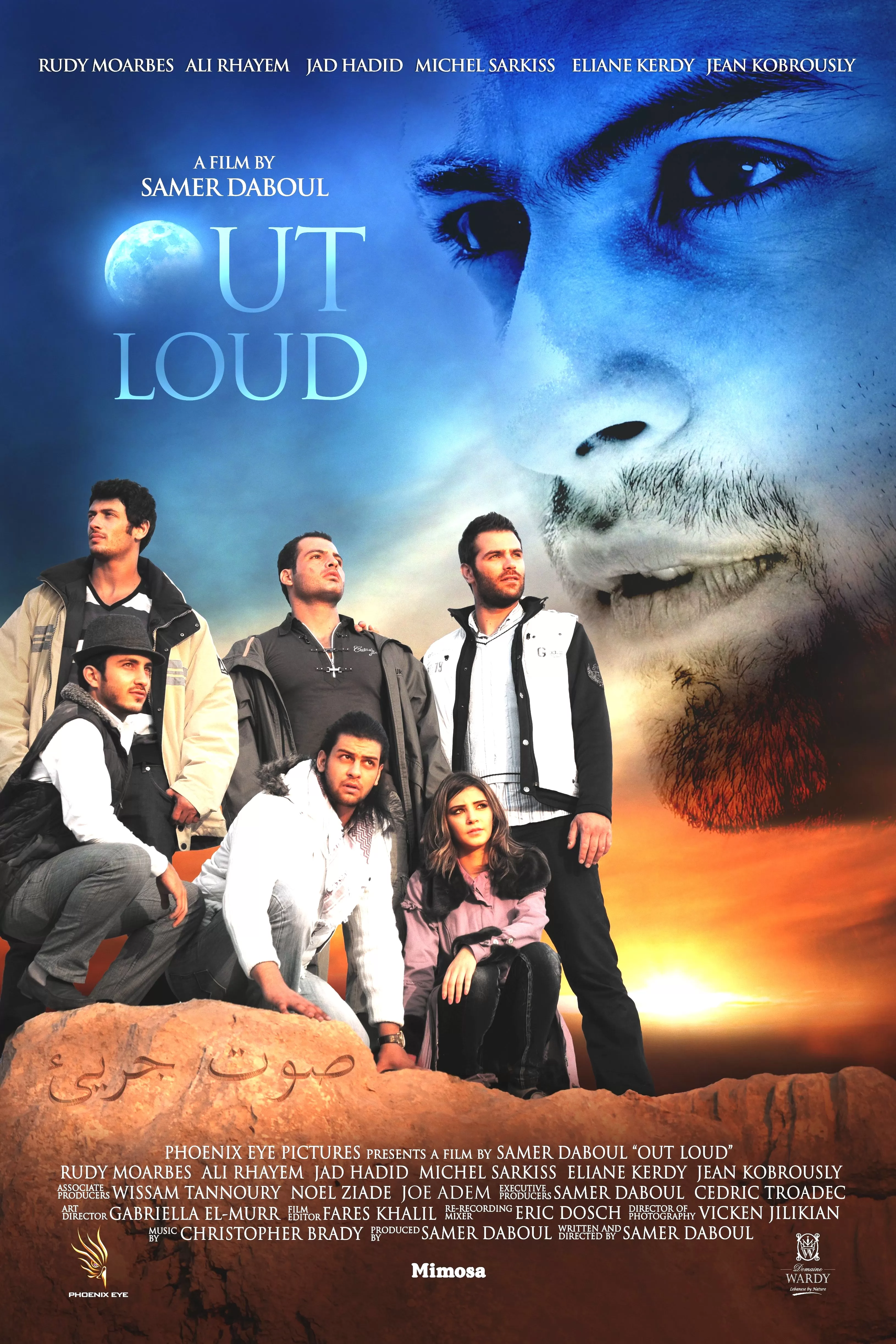
Set in post-war Lebanon, this 2011 film follows a gay man, his partner, and a diverse group of friends as they navigate the complexities of blending traditional and modern values. While it is often cited as Lebanon’s first gay film, this label might be somewhat of a stretch. However, two of the six main characters are a gay couple, and their struggles within society play a central role in the narrative. Interestingly, the filming faced significant opposition from conservative elements in the community, with threats and violence occurring regularly. The project was only completed with military intervention, and post-production had to be done in the United States.
The story introduces four friends: Jason, still reeling from the loss of his parents in a car bombing; Louis, heartbroken over a recent breakup; Elvis, a musician working for his drug-dealing father; and Rami, whose family has recently discovered his homosexuality. Jason hosts a party, inviting his online girlfriend Natalie, who quickly becomes part of the group. Rami’s boyfriend, Ziad, arrives injured after being attacked by his cousins, forcing the group to confront the harsh realities of their environment. The six decide to flee the city and establish a commune in the woods, primarily to protect Ziad and Rami’s relationship. Natalie marries the three straight members of the group, allowing the gay couple to find some relief. However, Ziad’s family continues to pursue them, as their homosexuality has brought shame to the family. The group’s unconventional bond leads to tragedy but also transforms their lives and the lives of those around them.
The film explores the challenges faced by young people in post-civil war Lebanon, grappling with personal and societal issues. It addresses the idealism of the post-war era, the desire for social and political change among the youth, and the discrimination faced by homosexuals. The narrative also examines how societal systems can force otherwise normal individuals into abnormal circumstances, instilling fear and guilt in those who are not heterosexual. Unfortunately, the film struggles to maintain a cohesive tone, awkwardly shifting between comedy, melodrama, and even musical elements. The characters are underdeveloped, making it difficult for viewers to connect with them. A deeper exploration of the gay couple’s relationship, including how they met and its progression, would have added depth to the story.
While the film’s intentions are commendable, it feels more like a student project than a polished production. At the time of its release, it was groundbreaking for the Middle East, but it has not aged well. Today, it comes across as clumsy rather than impactful. The film deserves credit for tackling controversial themes with courage, but its inconsistent tone and execution leave it feeling disjointed. From a historical perspective, it is an intriguing watch, but ultimately, it is a missed opportunity to make a meaningful statement.





